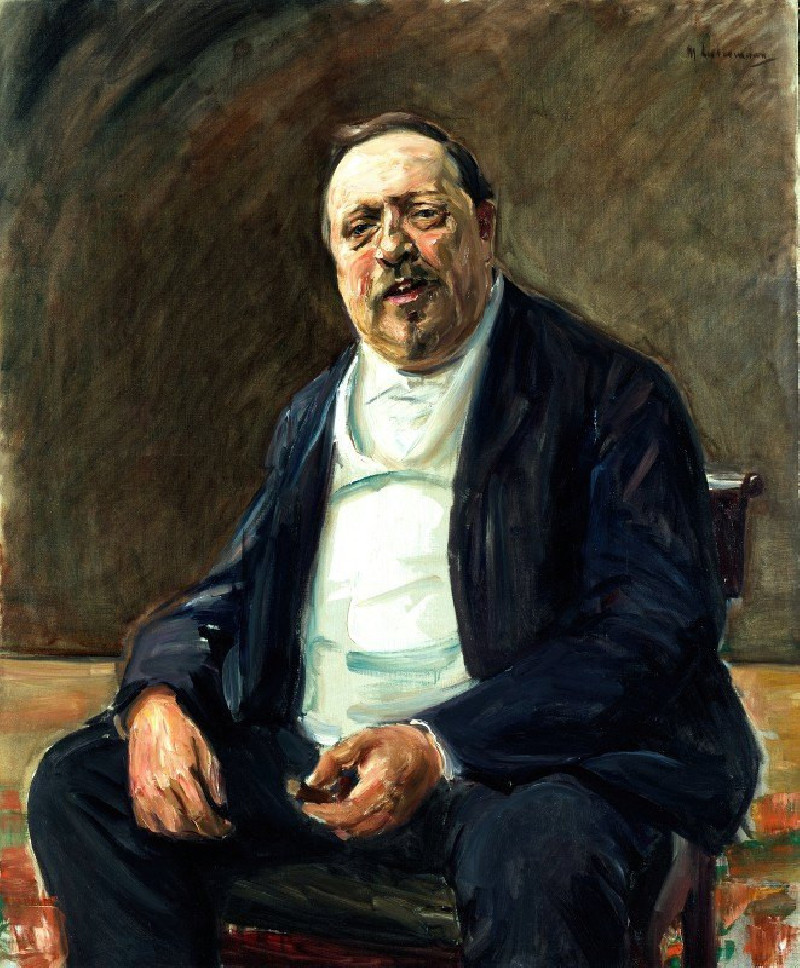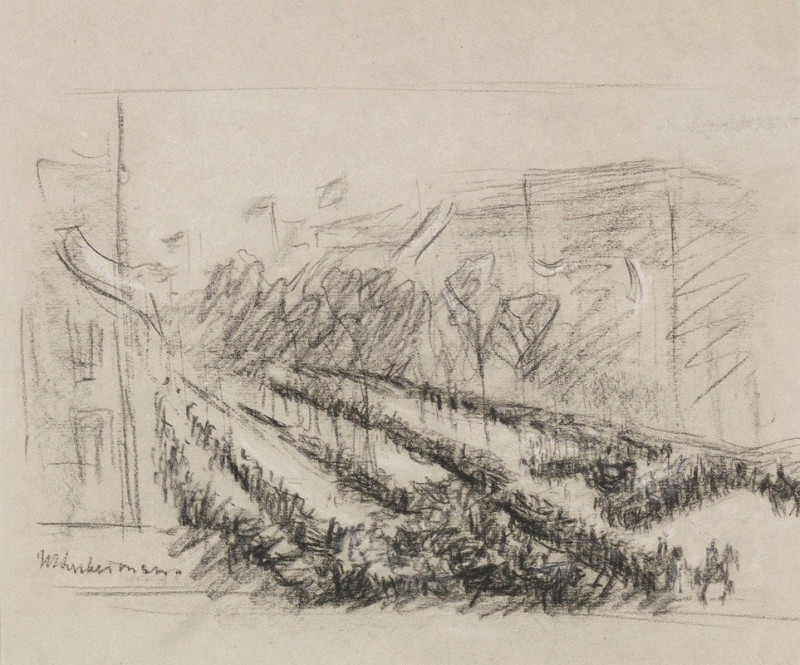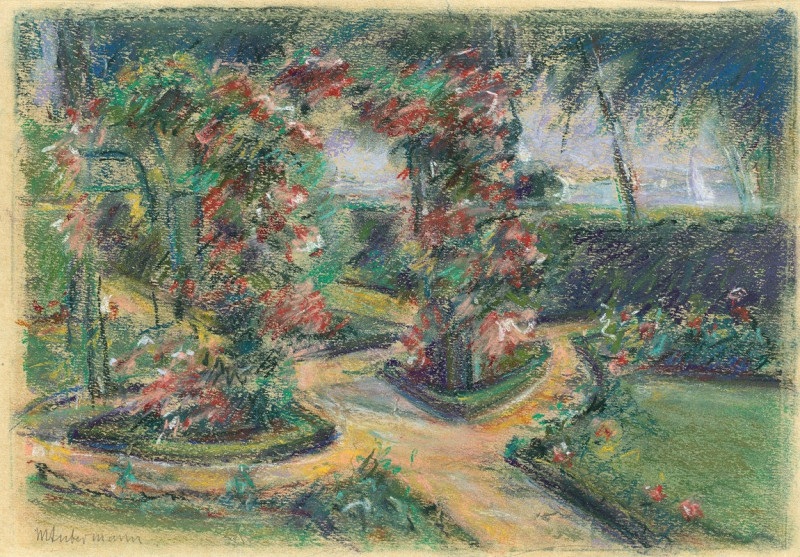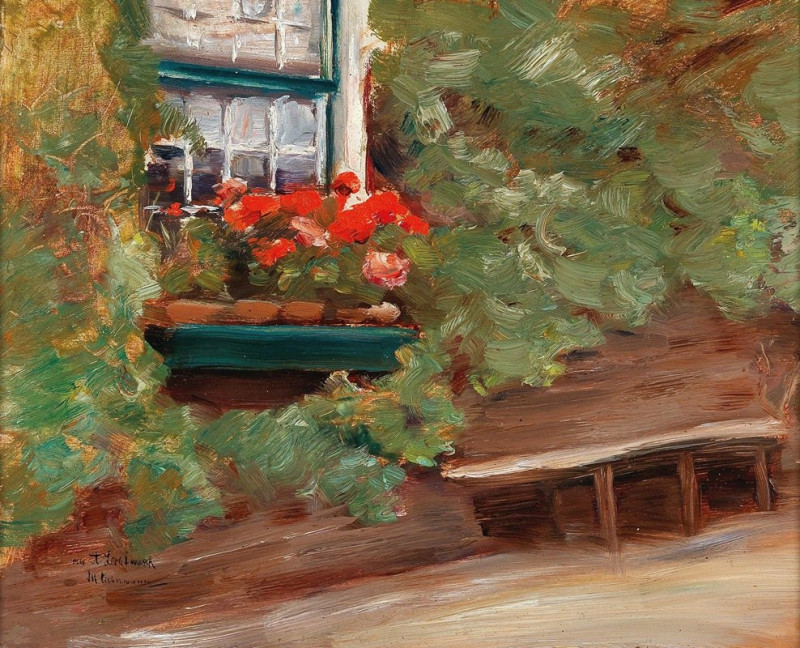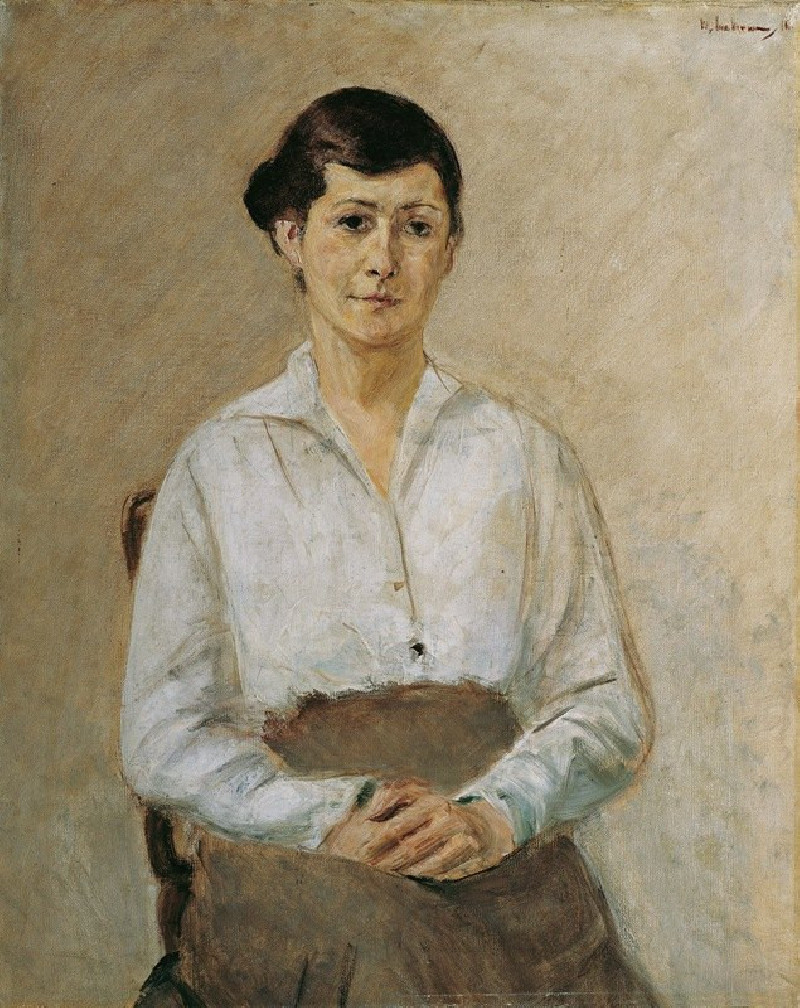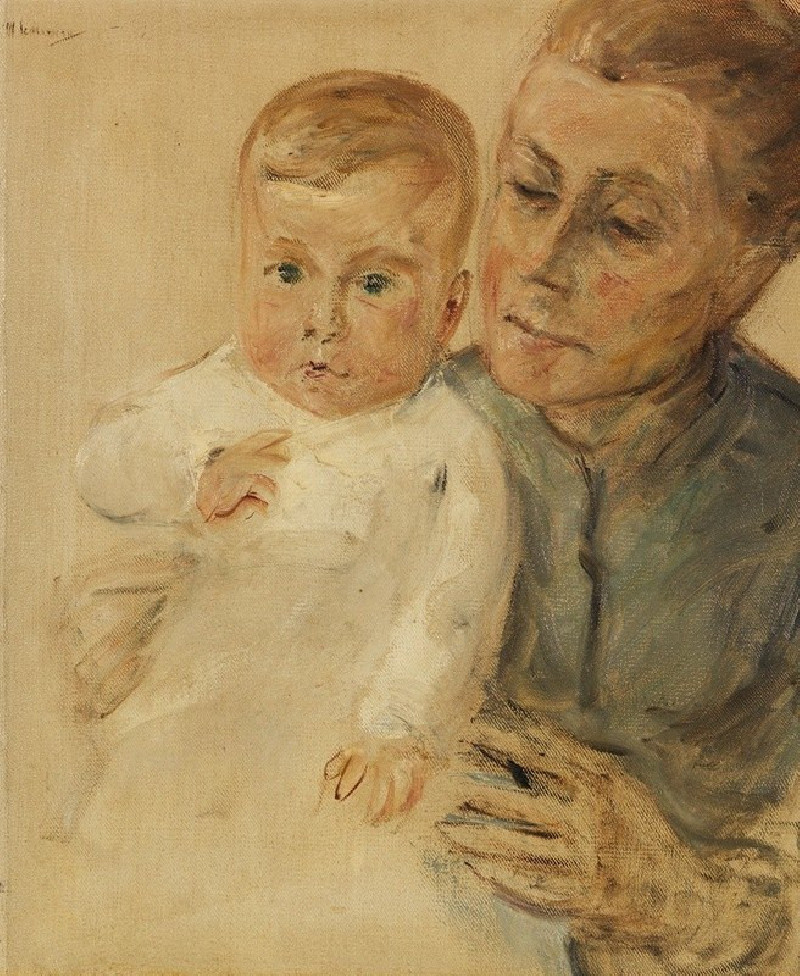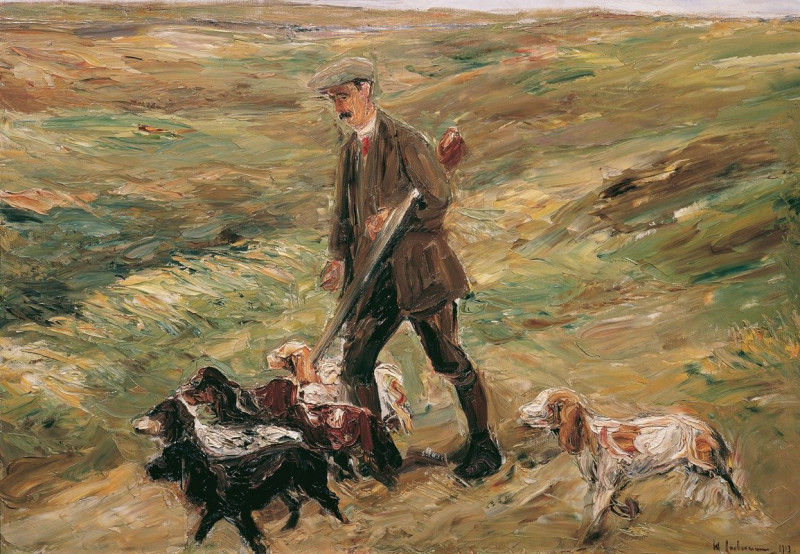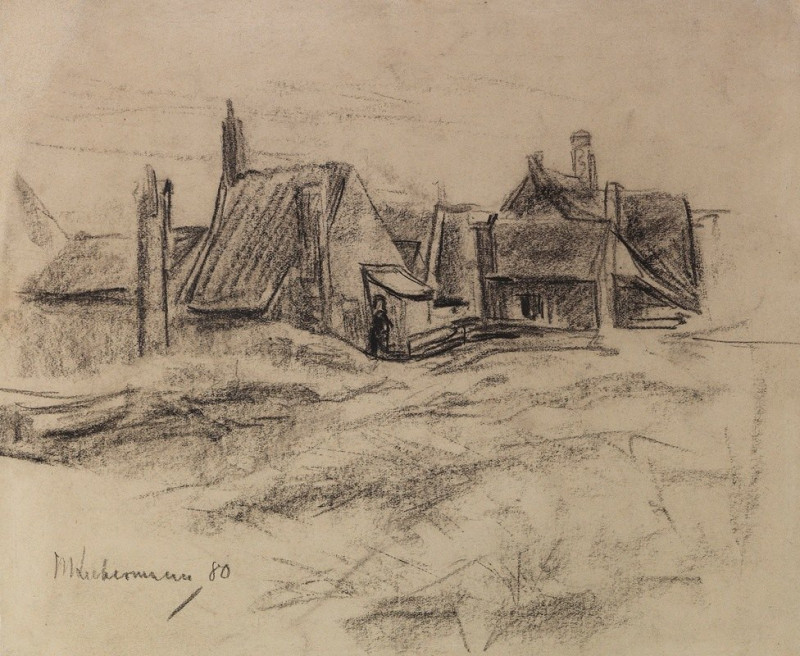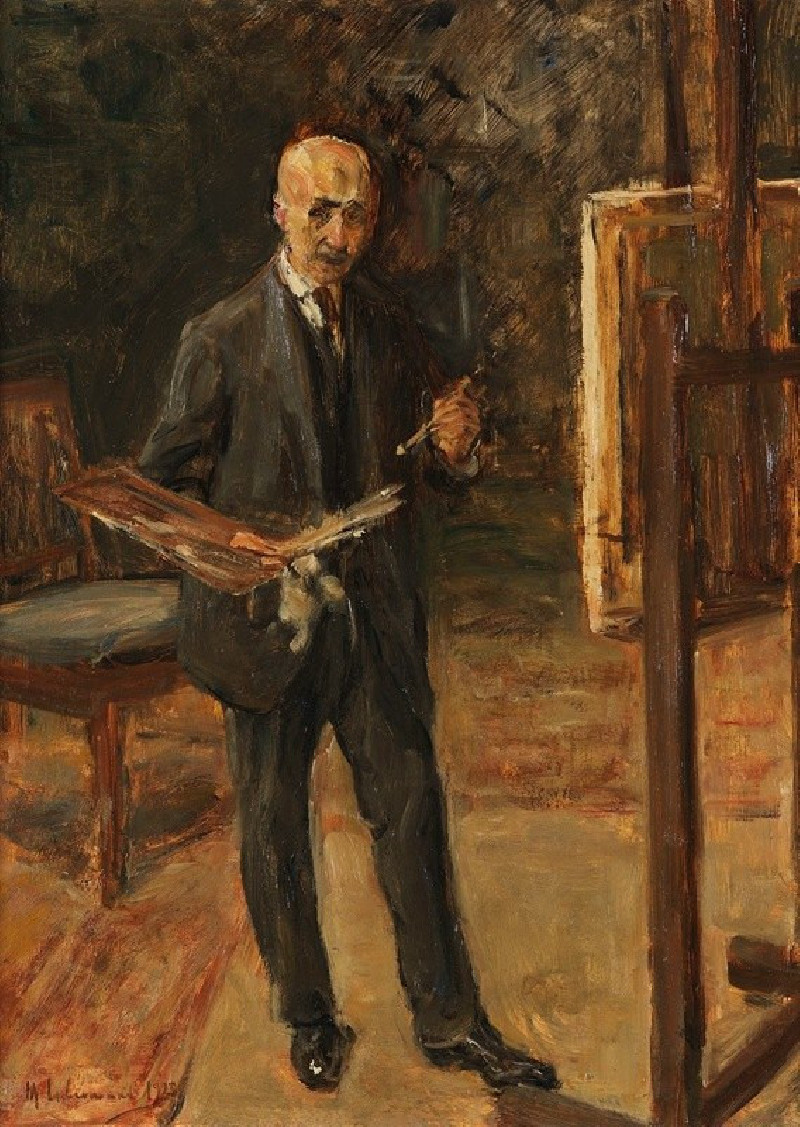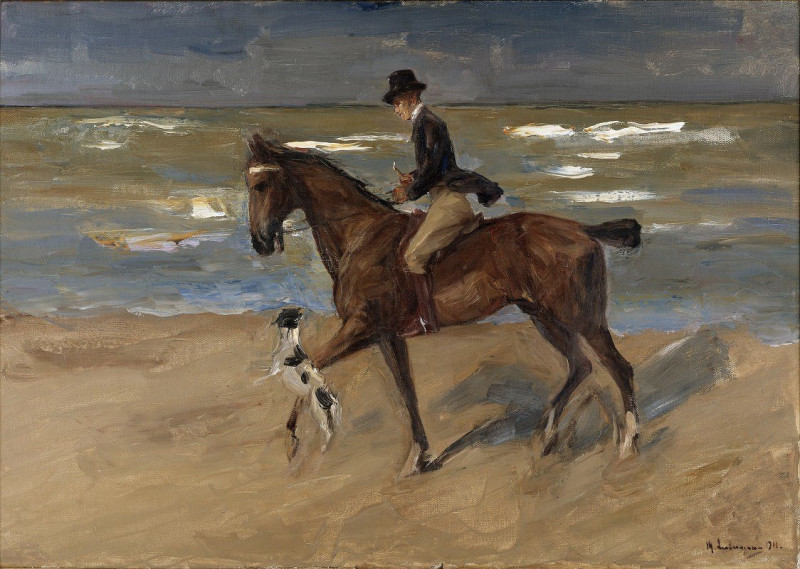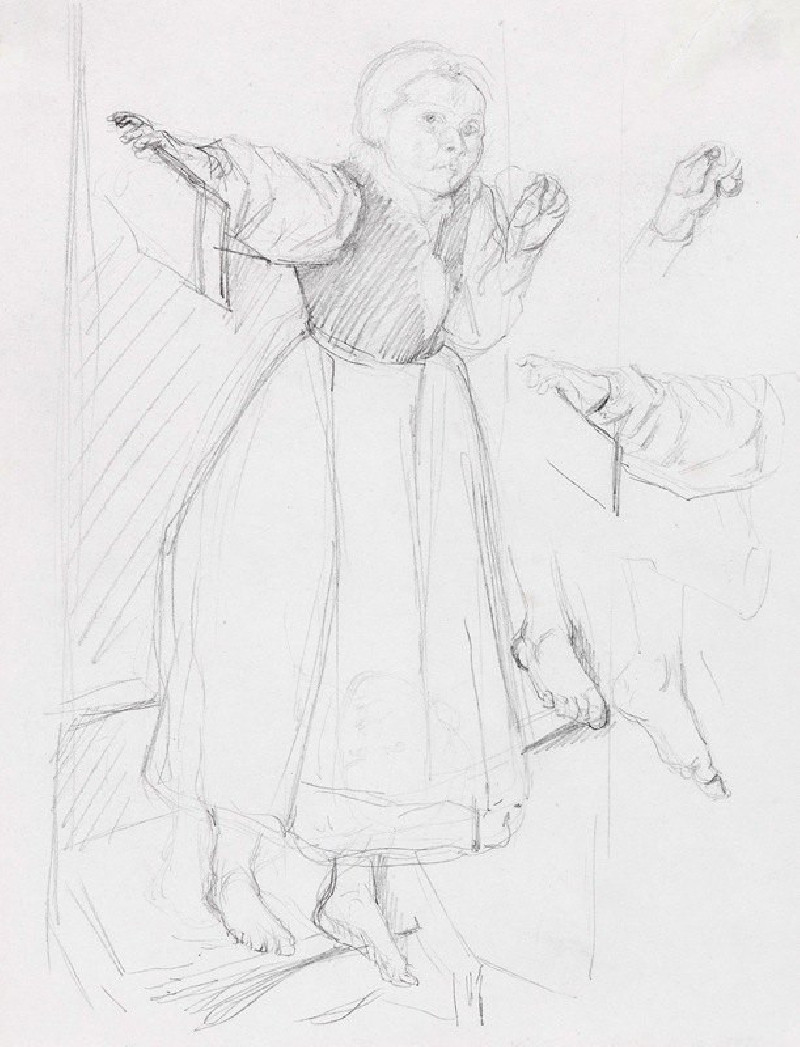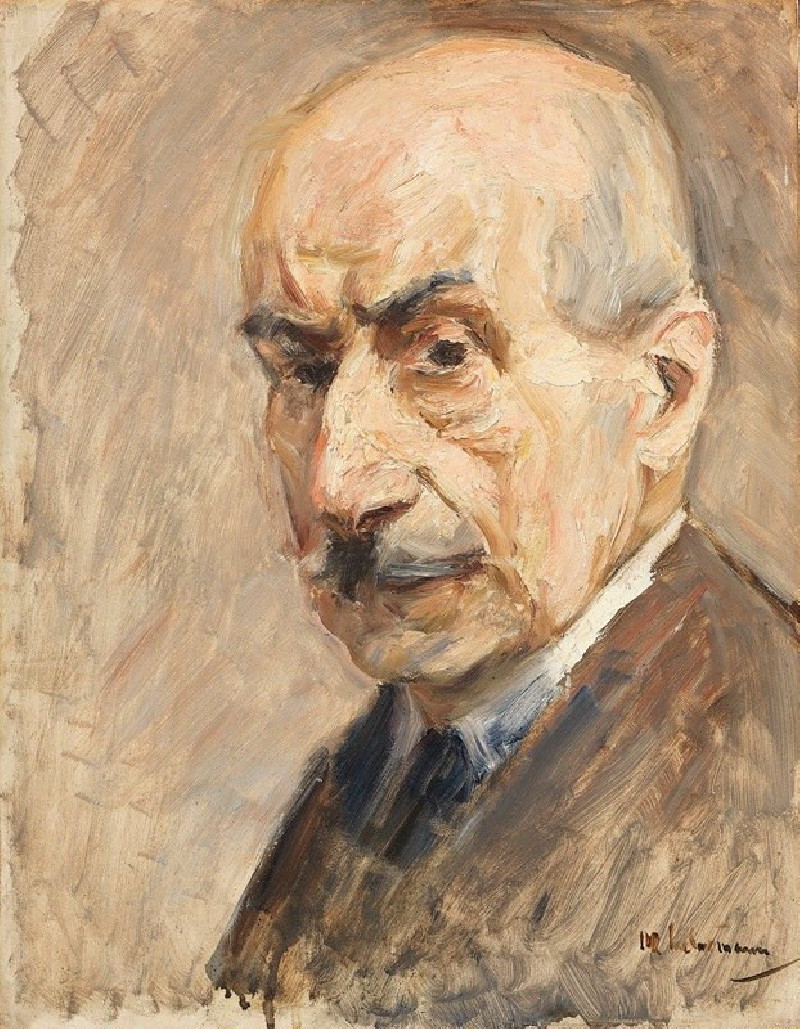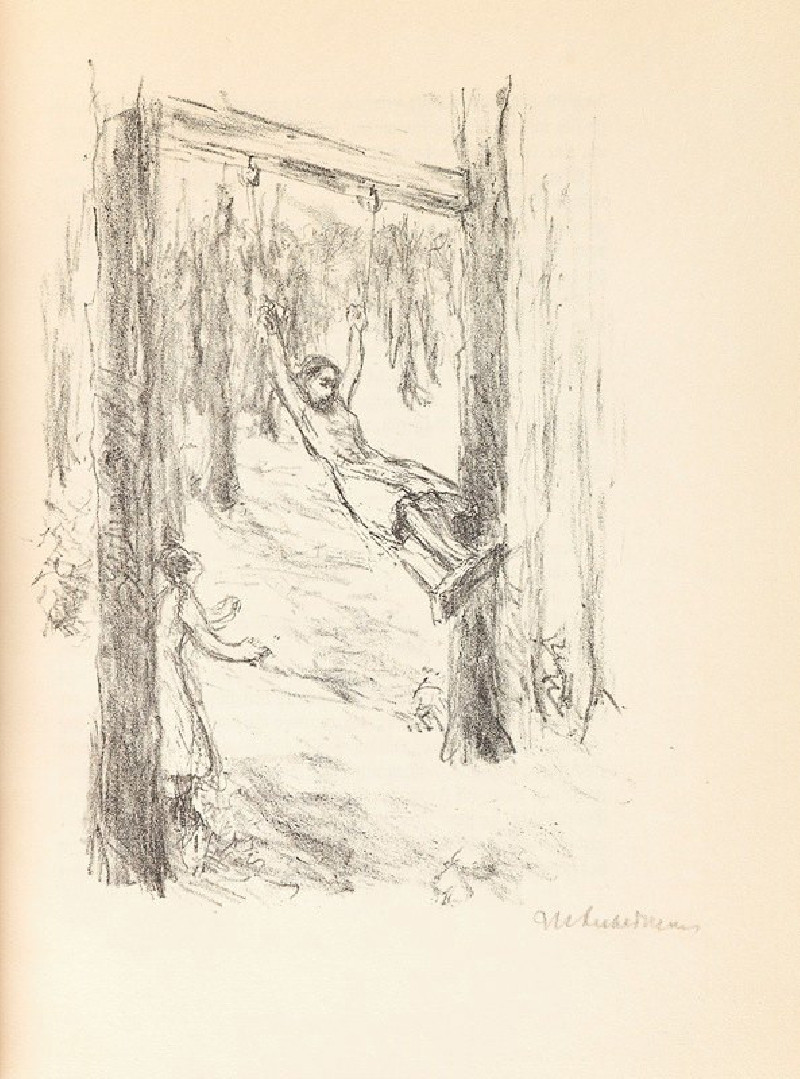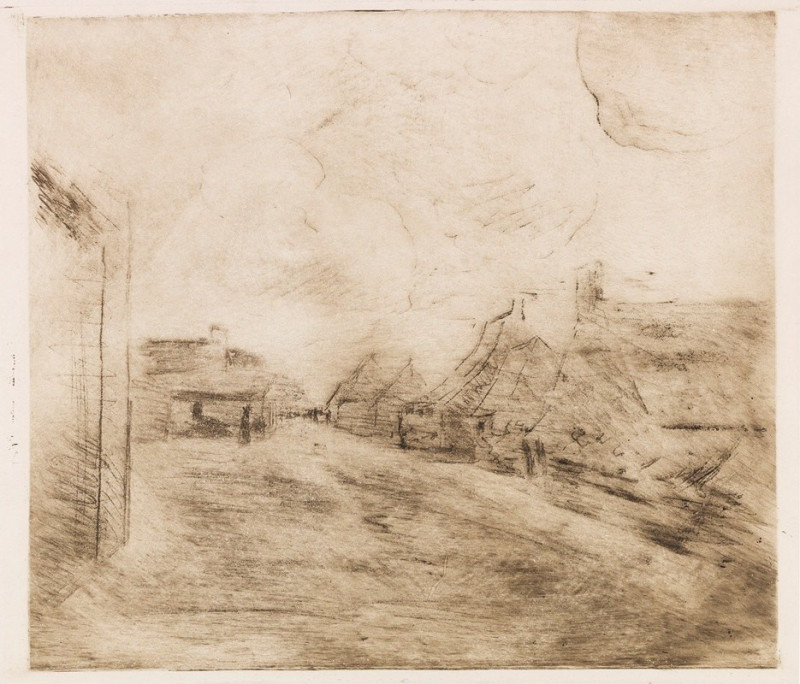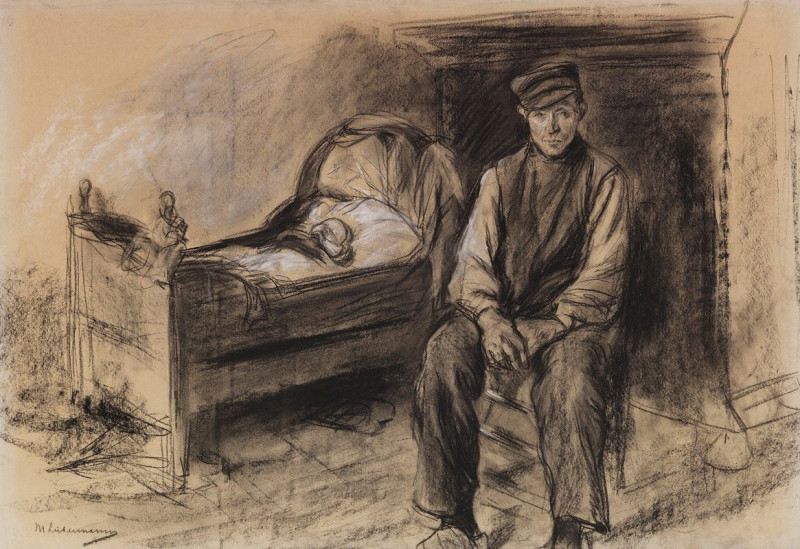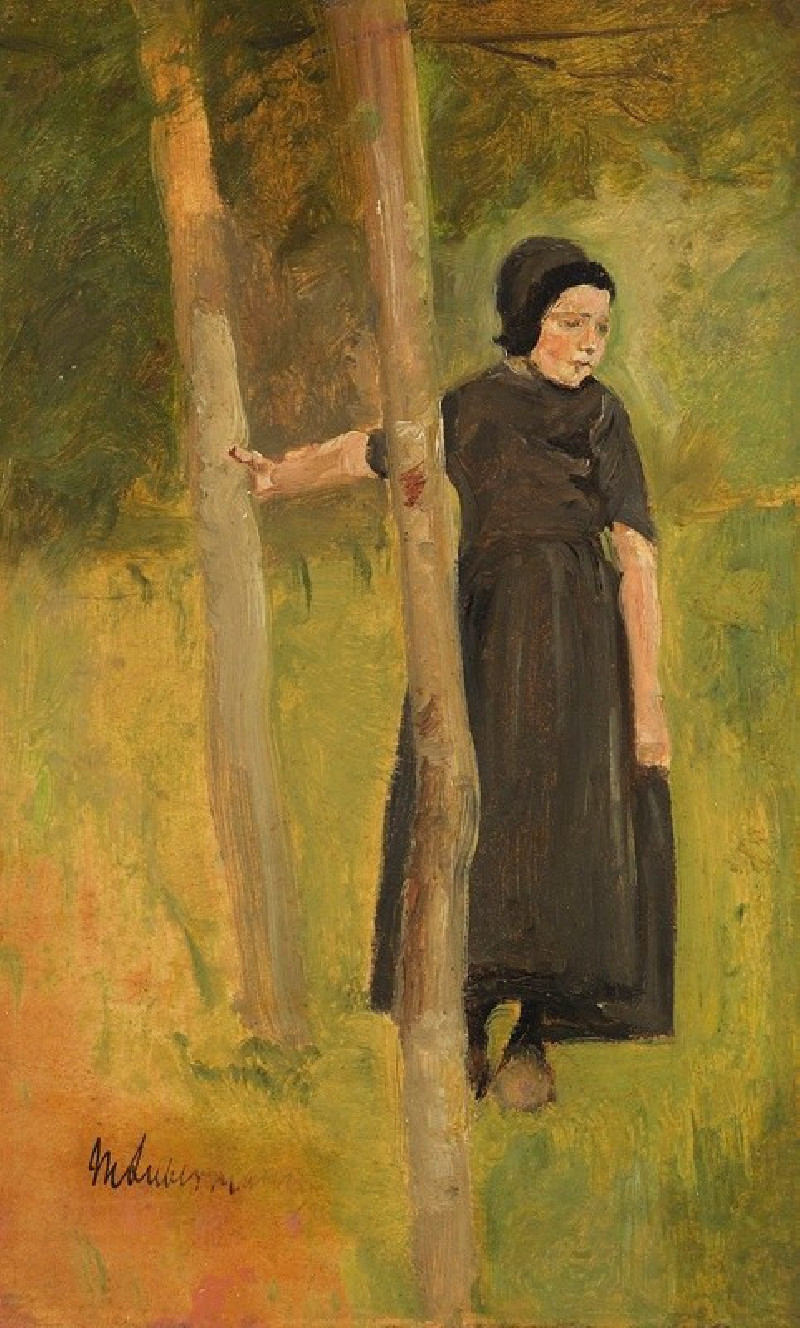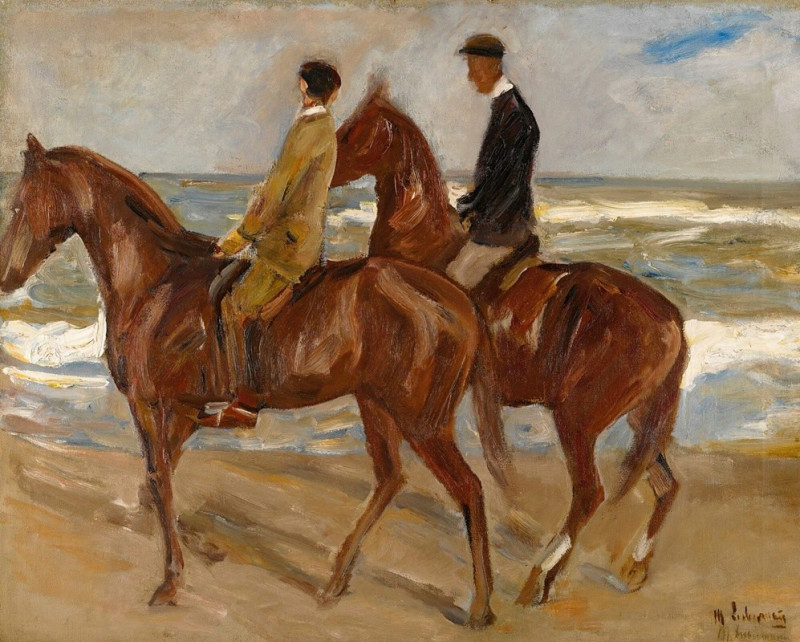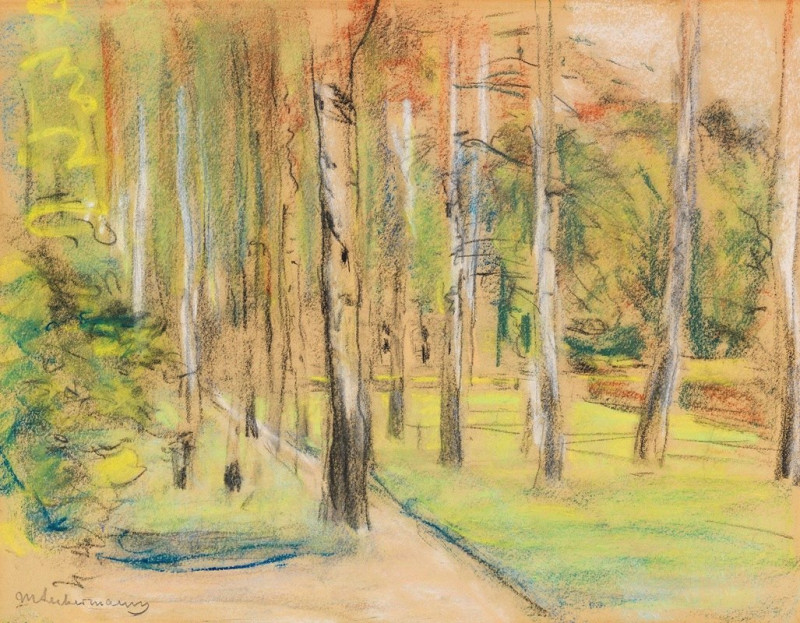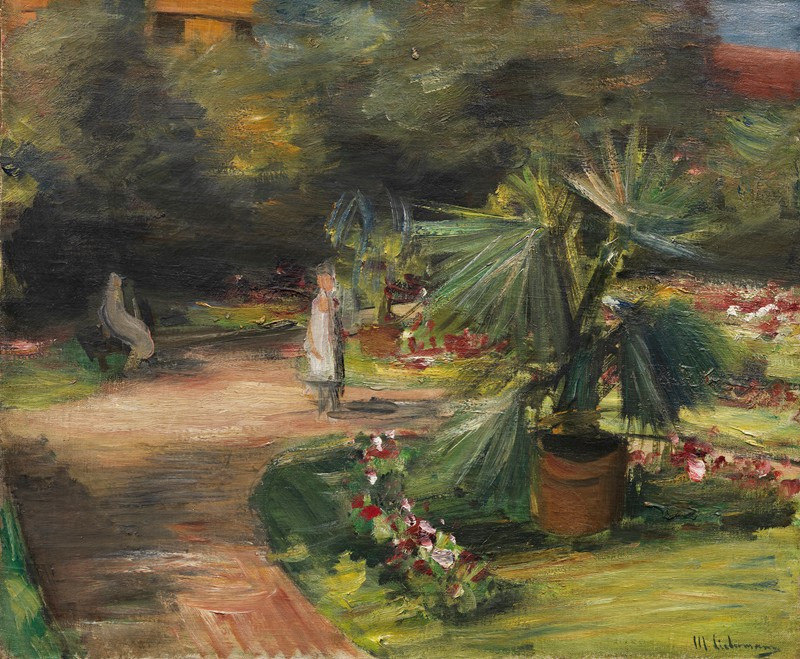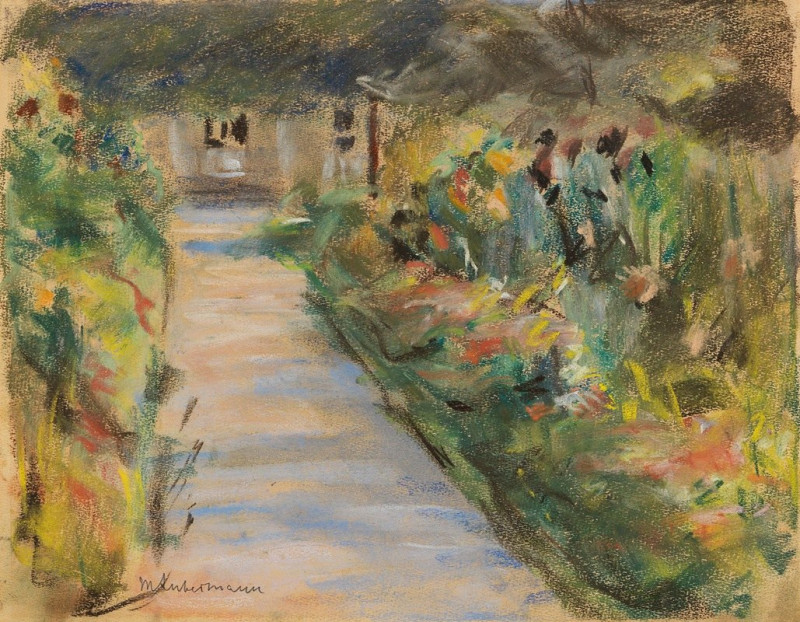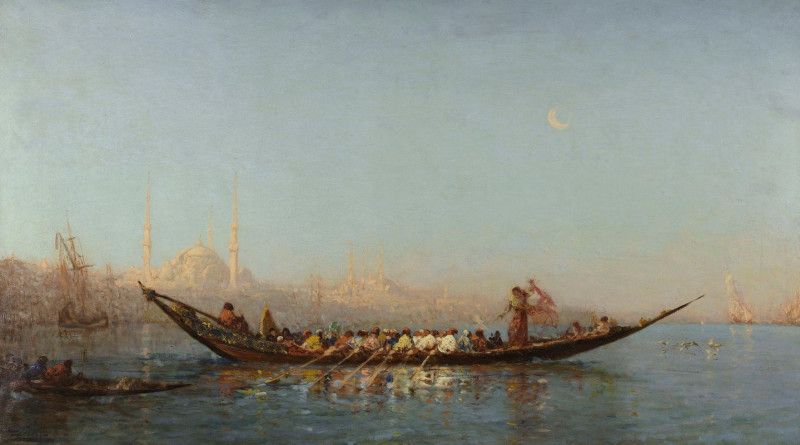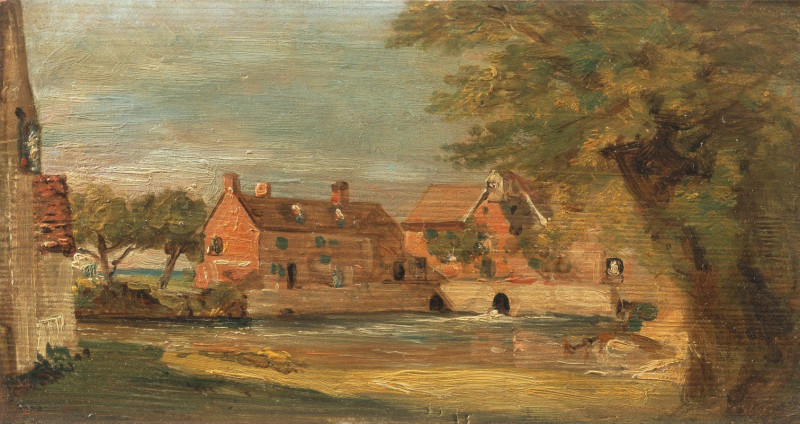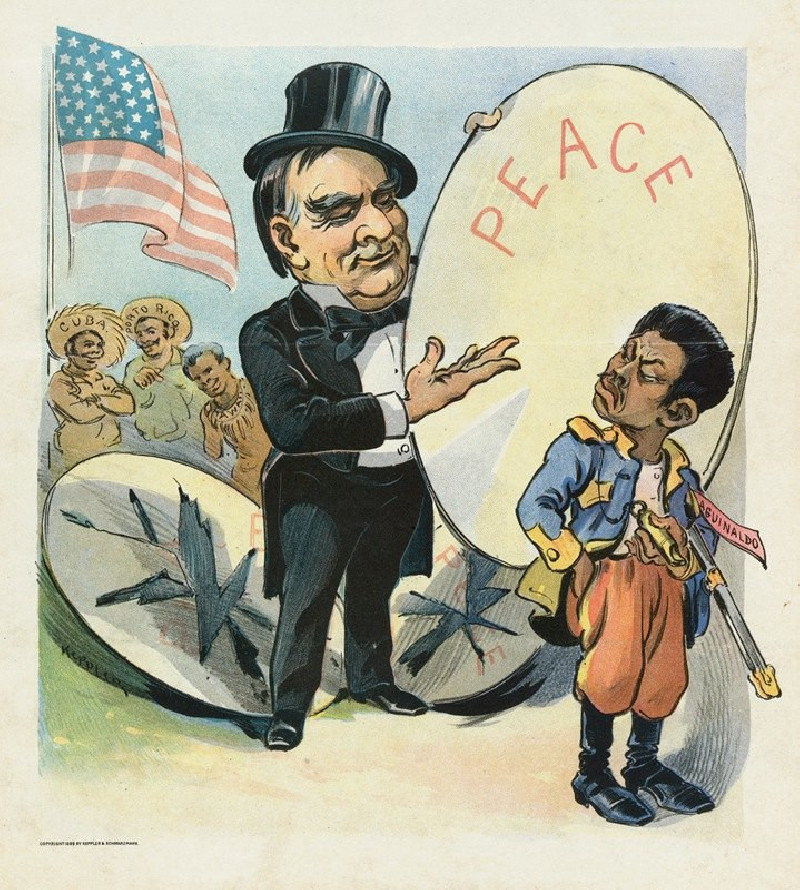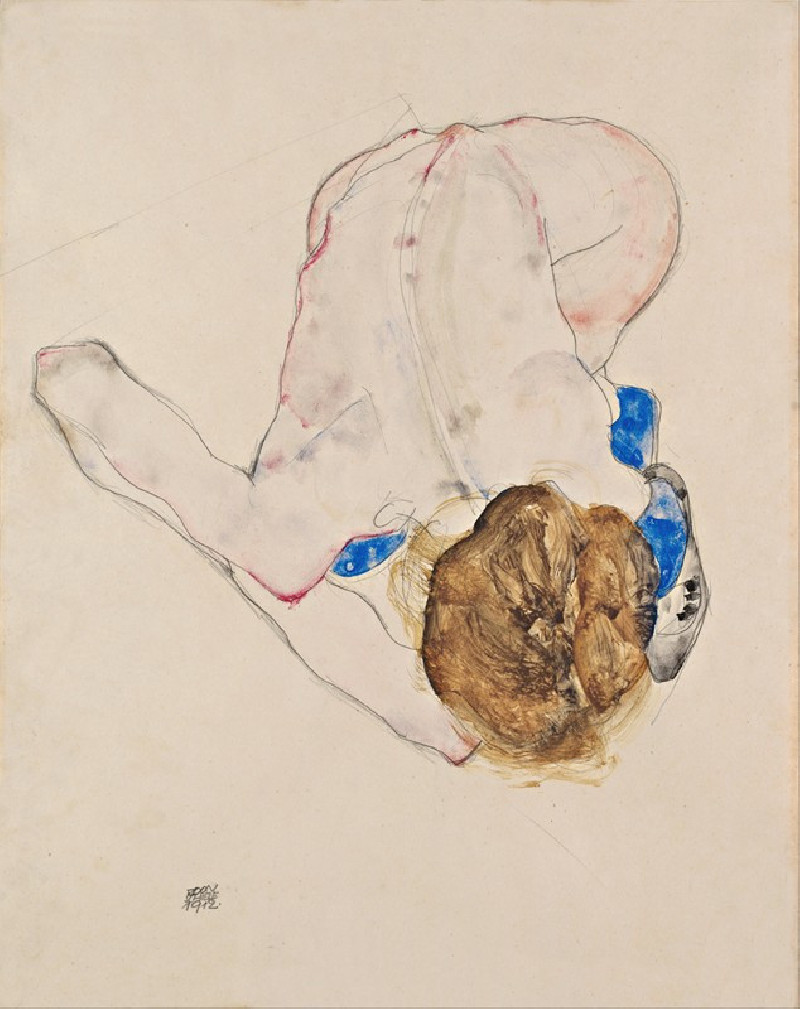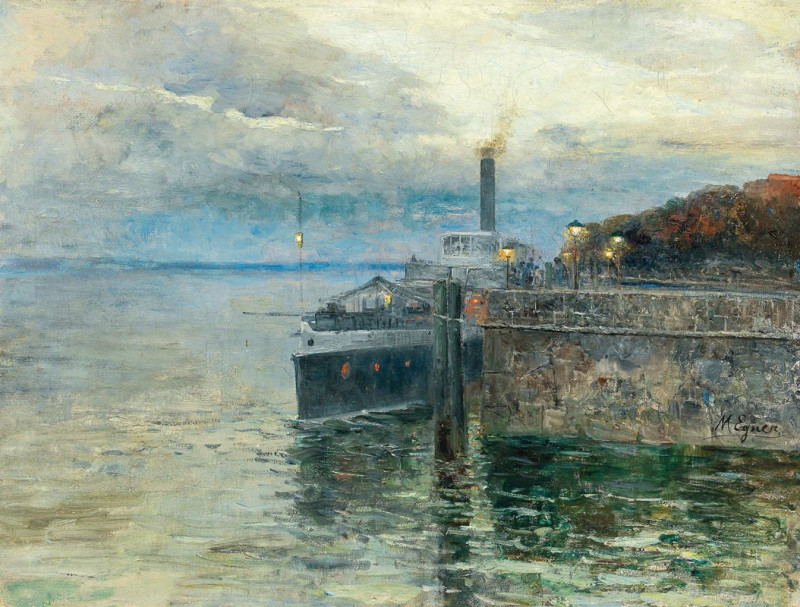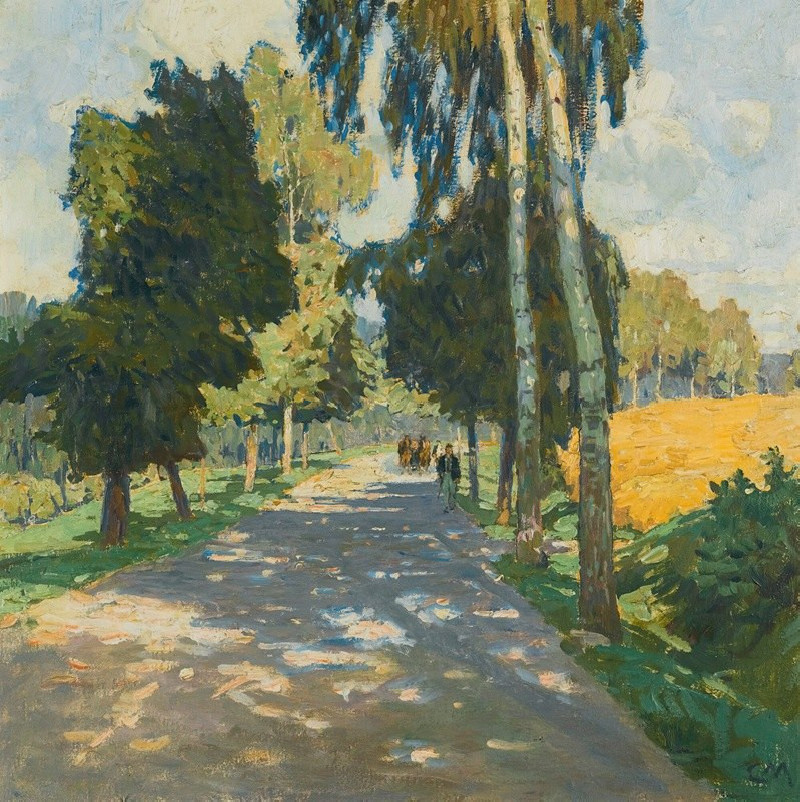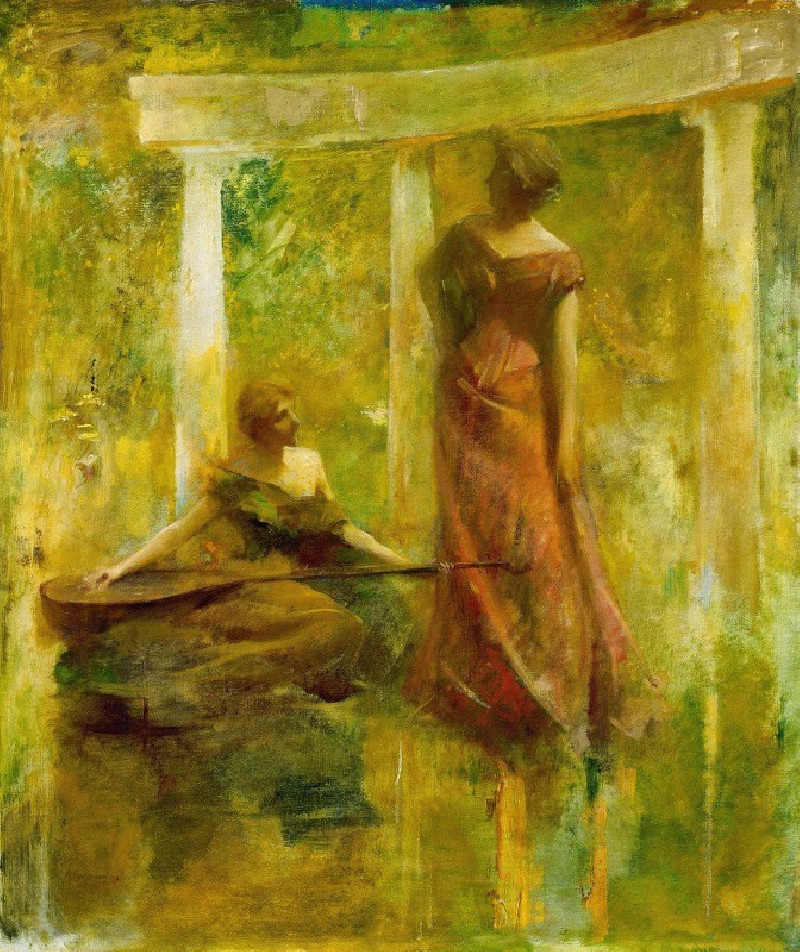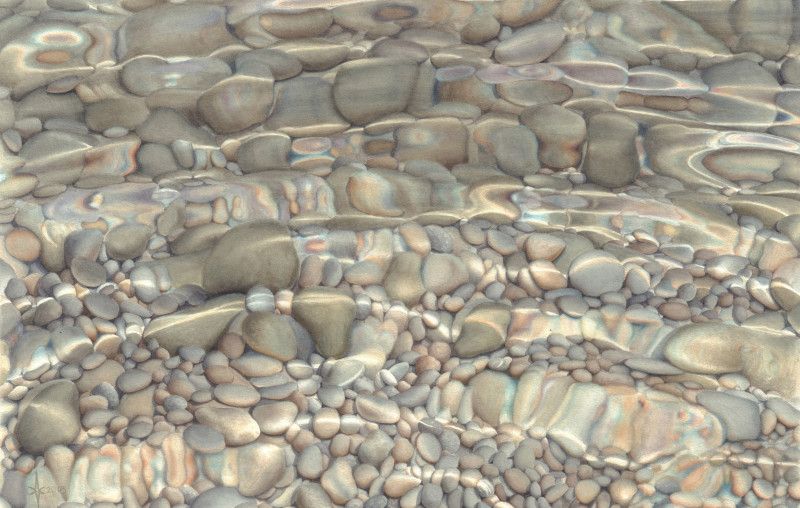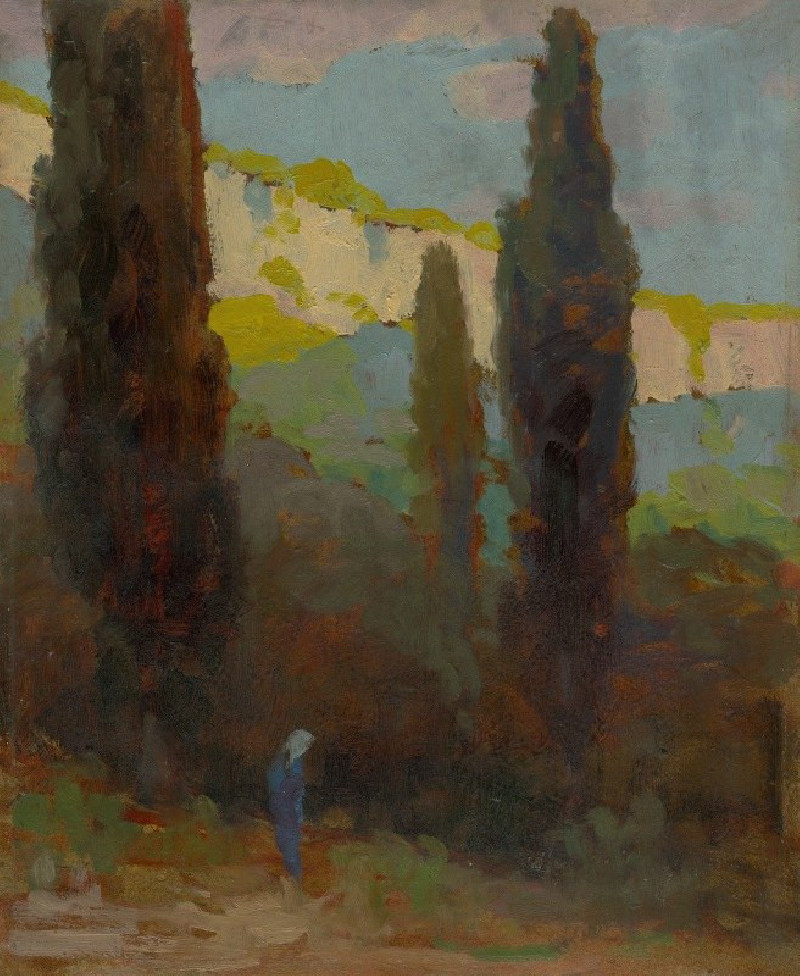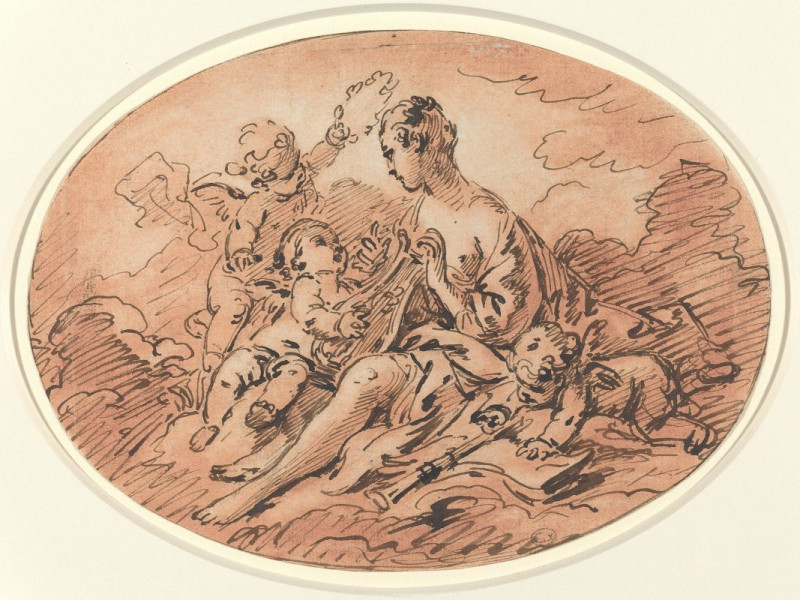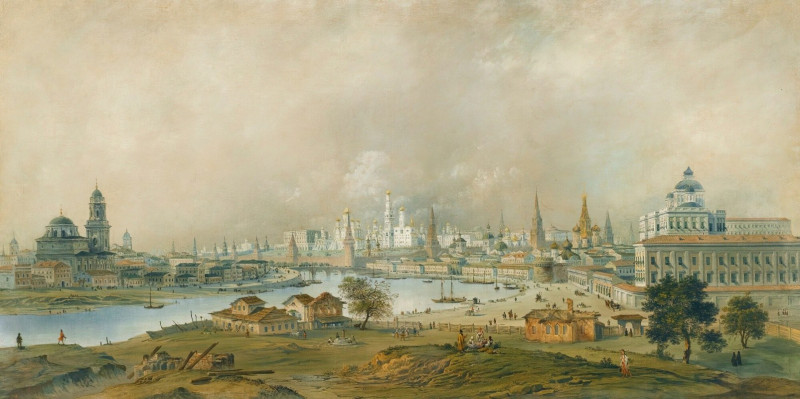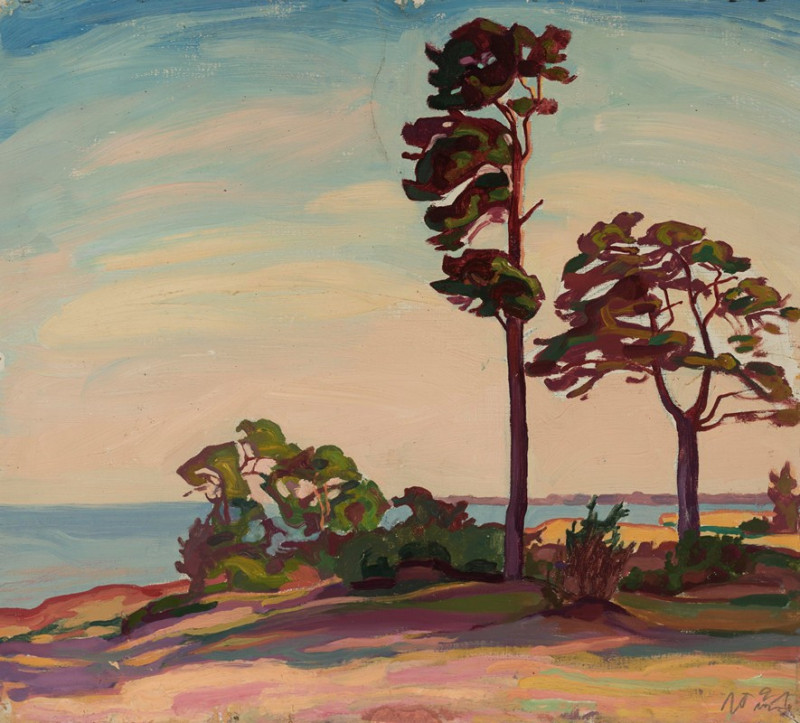Portrait of Alfred von Berger
Technique: Giclée quality print
Recommended by our customers
More about this artwork
This remarkable painting, titled "Portrait of Alfred von Berger," captures the essence and character of its distinguished subject through the masterful strokes of German painter Max Liebermann. Completed with an expressive impasto technique that highlights the texture and vibrancy of the work, Liebermann presents a lively yet introspective depiction of Alfred von Berger, an influential figure in the literary and theatrical circles of the time.Seated comfortably, von Berger's presence is boldly felt as he looks directly at the viewer with an expression mix of weariness and contemplation. His full visage, marked by distinct features and framed by greying hair, reflects his lived experiences and intellectual stature. Dressed in a dark suit complemented by a light, crisply white shirt, he embodies the classic and refined style of his era.Liebermann’s use of lighting focuses on the face and hands, drawing attention to the detailed rendering of von Berger’s reflective expression and relaxed posture. The warm, earthy tones of the background contrast superbly with the subject, enhancing his commanding presence. This portrait not only showcases Liebermann's skill in portraying the human condition but also immortalizes the cultural significance of Alfred von Berger.This painting is an excellent example of Liebermann's contribution to portrait art in the early 20th century, providing both a personal and historical insight into a figure who shaped cultural and intellectual spheres of his time.
Delivery
Returns
Max Liebermann was a German painter and printmaker of Ashkenazi Jewish ancestry, and one of the leading proponents of Impressionism in Germany.
The son of a Jewish fabric manufacturer turned banker from Berlin, Liebermann grew up in an imposing town house alongside the Brandenburg Gate.
He first studied law and philosophy at the University of Berlin, but later studied painting and drawing in Weimar in 1869, in Paris in 1872, and in the Netherlands in 1876–77.

